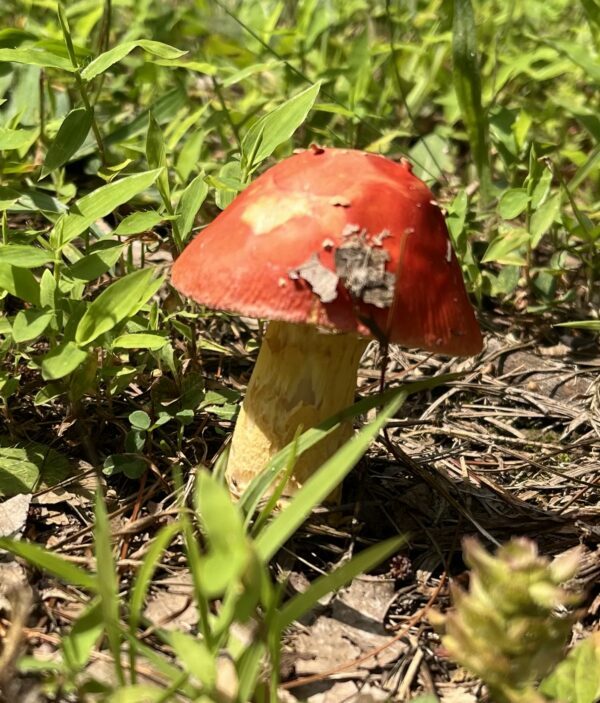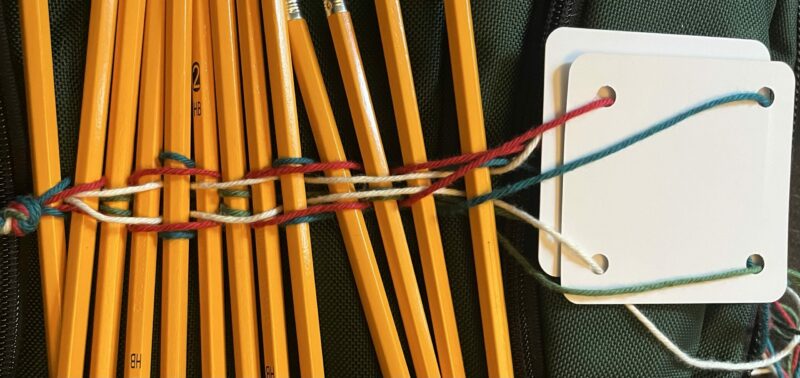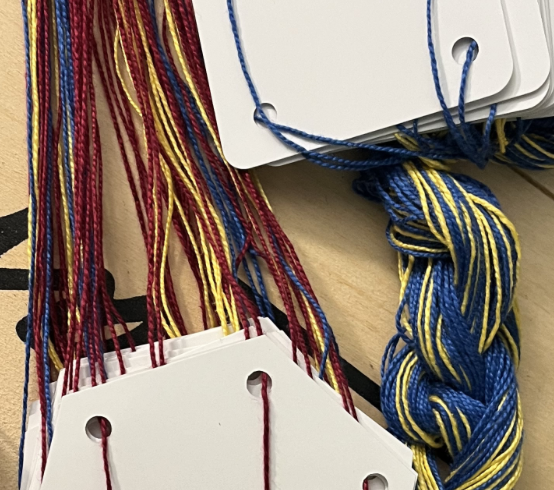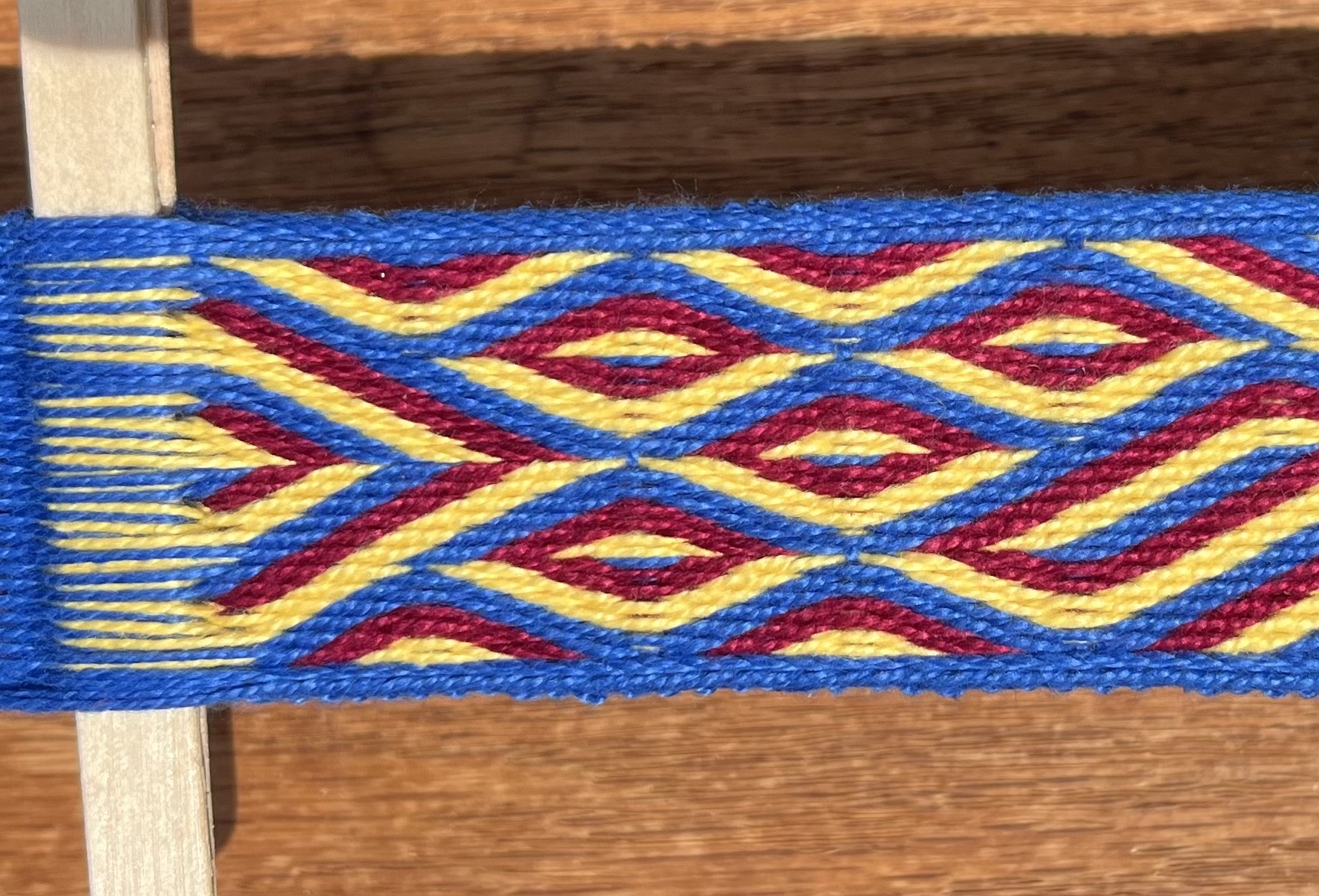I spent the day doing fiber arts stuff. I put some things away (wool, silk, cotton), got some things out, measured some things, cut some things, warped some things.
While looking up the ends per inch of my yarn at Webs, I saw these terribly attractive pipe loom variations. Have any of you tried them?
Freely available online (I love living in the future!):
The Bibliographica Textilia Historiae database is a free, open-access, searchable database based on the research library and documentation of the Center For Social Research on Old Textiles [CSROT], a project of the Stichting Egress Foundation, Amsterdam.
It currently consists of over 9,000 records containing over 25,000 individual bibliographic references covering virtually all aspects of the world history of textiles and related materials, including printed books and pamphlets, serials, articles and offprints, dissertations, royal decrees and laws, published in all languages, but mostly European, since the late fifteenth century to date, treating all aspects of the history of handwoven textiles, including woven and printed textiles, embroidery, lace, tapestry, dyeing, carpets, weaving and fiber technology, pattern books, and costume, among many other subjects. It has been slowly but actively compiled by [CSROT] over the past 25 years, and it continues to acquire and document works at the rate of more than 500 records per year.
Not string-related, but everyone needs combs, right? “An Atlas of Medieval Combs from Northern Europe,” by Steven P. Ashby, is freely available online.
Also not string-related: baby octopi, only 5mm long, in the Vancouver Zoo.





